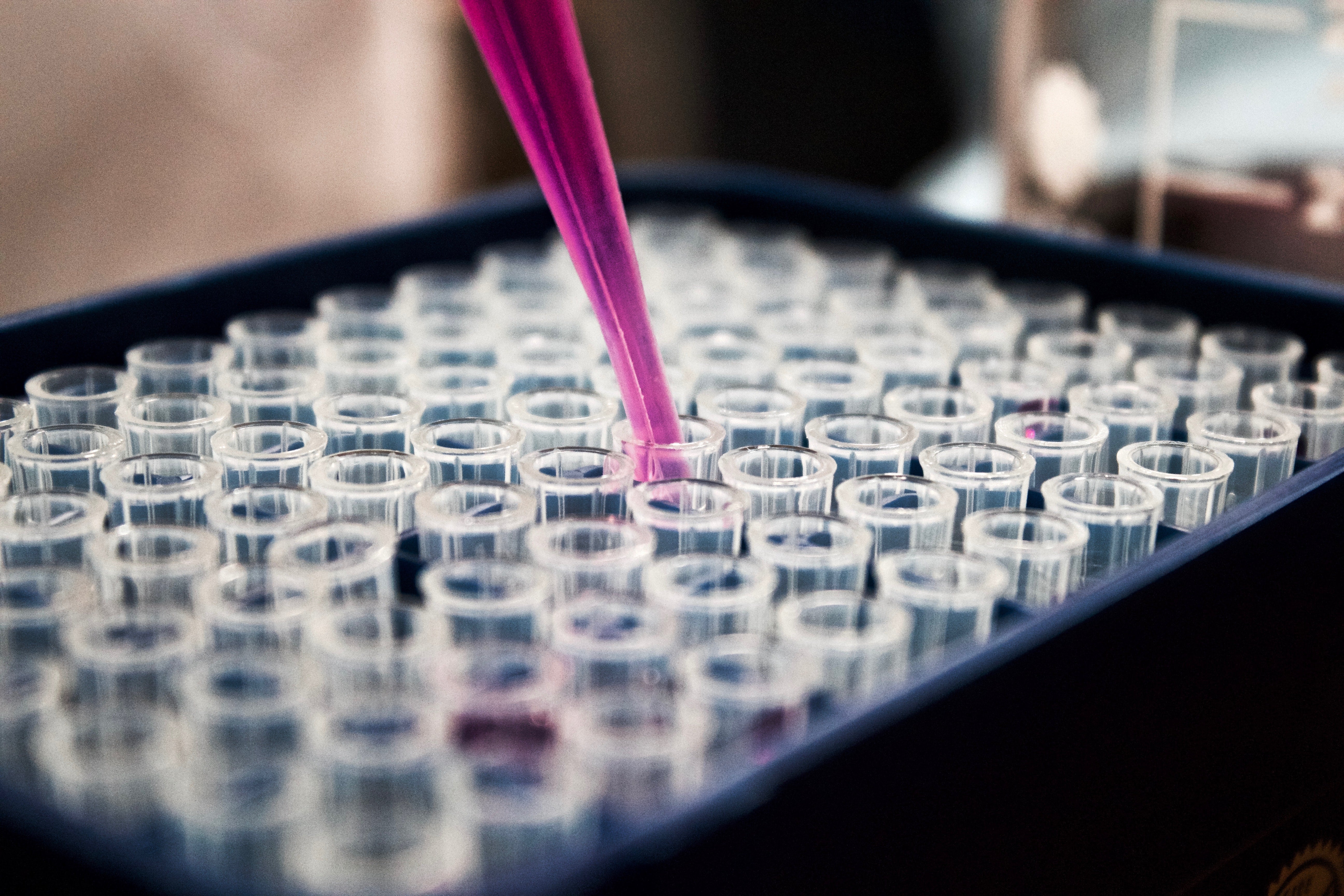
Types of Alcohol Tests
Types of Alcohol Tests
It is essential to note that the detection times can vary based on factors like metabolism, age, overall health, frequency of alcohol consumption, and the amount of alcohol consumed. Always consult with a medical professional or lab for specific information about testing.
Alcohol Blood Test
Usage: The Alcohol Blood Test is the most accurate method to determine an individual's Blood Alcohol Concentration (BAC) at a given time. However, alcohol is quickly removed from the body so this test is not as useful as CDT, PEth and EtG tests that have longer detection periods.
Detection: A blood alcohol test can detect alcohol for up to 6 hours after consumption, but depends on the quantity of alcohol before the blood test
Application: Often used in legal settings, like DUI cases, to determine if someone is over the legal limit.
Alcohol Urine Test
Usage: Urine tests detect the presence of ethanol, the main ingredient in alcoholic beverages.
Detection: Alcohol can be detected in urine for up to 12-80 hours after drinking.
Application: This is a frequently used alcohol test for work, probation circumstances, or other situations requiring monitoring of alcohol consumption.
EtG (Ethyl Glucuronide) Test
Usage: EtG is a direct metabolite of alcohol (ethanol), and its presence in urine can be used as an indicator of recent alcohol consumption, even after ethanol is no longer measurable.
Detection: It can detect alcohol in urine for up to 3-4 days after ingestion, making it one of the longer-lasting markers of alcohol consumption. However, the exact window of detection can vary based on the amount consumed and other individual factors.
Application: The EtG test is commonly used in situations where individuals are required to abstain from alcohol intake, such as alcohol treatment programs, liver transplant patients, and legal and employment scenarios. It is particularly useful because of its extended detection window compared to other tests.
CDT (Carbohydrate Deficient Transferrin) Test
Usage: The CDT test is a blood test that identifies heavy alcohol consumption over a long period. It is used by the DVLA and courts to check if people have been drinking too much and is the most frequently used alcohol test for driving offences.
Detection: A CDT test can indicate heavy alcohol consumption over the past 2 weeks.
Application: It is valuable for monitoring sobriety in certain treatment and probationary situations, and in liver function assessments.
PEth (Phosphatidylethanol) Test
Usage: PEth is a blood test used to detect moderate to heavy alcohol consumption over the past 2-4 weeks. It therefore, tests for a longer period of time than CDT.
Detection: It can indicate alcohol exposure for up to 4 weeks after cessation.
Application: A PEth test is often used in rehabilitation settings, legal situations, and by doctors to assess alcohol intake. It is also used by the aviation industry to screen staff for alcohol misuse.
Alcohol Profile Blood Test
The Alcohol Profile Blood Test combines tests for alcohol misuse with CDT and PEth, with indirect tests such as liver function tests and MCV. It works out more cost-effective to do the Alcohol Profile Blood Test than to do all these tests separately.
MCV (Mean Corpuscular Volume)
Usage: MCV, or Mean Corpuscular Volume, represents the average volume or size of a single red blood cell in a person's bloodstream. MCV is tested through a routine blood test called a Full Blood Count (FBC).
Detection: MCV can remain high even after 2-4 months after alcohol cessation. Application: A persistently elevated MCV can be a nonspecific marker for long-term excessive alcohol consumption. It is best used in conjunction with other, more specific, markers of excessive alcohol intake like CDT and PEth. This is because other causes can also raise MCV including vitamin B12 and folate deficiency, liver disease, hypothyroidism, and side-effects of medication.
Liver Function Test
Usage: The Liver Function Test can identify long-term alcohol misuse by the effect it has on raising liver enzymes.
Detection: Liver function tests (LFTs) such as GGT (gamma-glutamyl transferase) can remain elevated 2-6 weeks after alcohol consumption, but depend on the quantity of alcohol before the blood test
Application: LFTs can help determine the severity of liver damage and predict outcomes in individuals with alcohol-related liver disease. For individuals in alcohol recovery or treatment programs, LFTs can be used to monitor alcohol abstinence. An elevated GGT is especially sensitive to alcohol intake and can indicate recent alcohol consumption, making it useful for monitoring relapses. Like MCV, LFTs can be used to detect alcohol misuse when used with more specific tests such as CDT and PEth.
Medical conditions such as other liver diseases, cardiovascular disease, metabolic syndrome, and diabetes can also raise LFTs, as well as certain medication. Therefore, care needs to taken in interpreting raised LFTs.
Click here to see the range of alcohol tests we offer.
Collection list

Patient Reception
76 Wimpole Street, London.
W1G 9RT.
Monday-Friday: 7AM - 7PM
Saturday: 7AM - 1PM
Sunday: Closed
- Choosing a selection results in a full page refresh.





